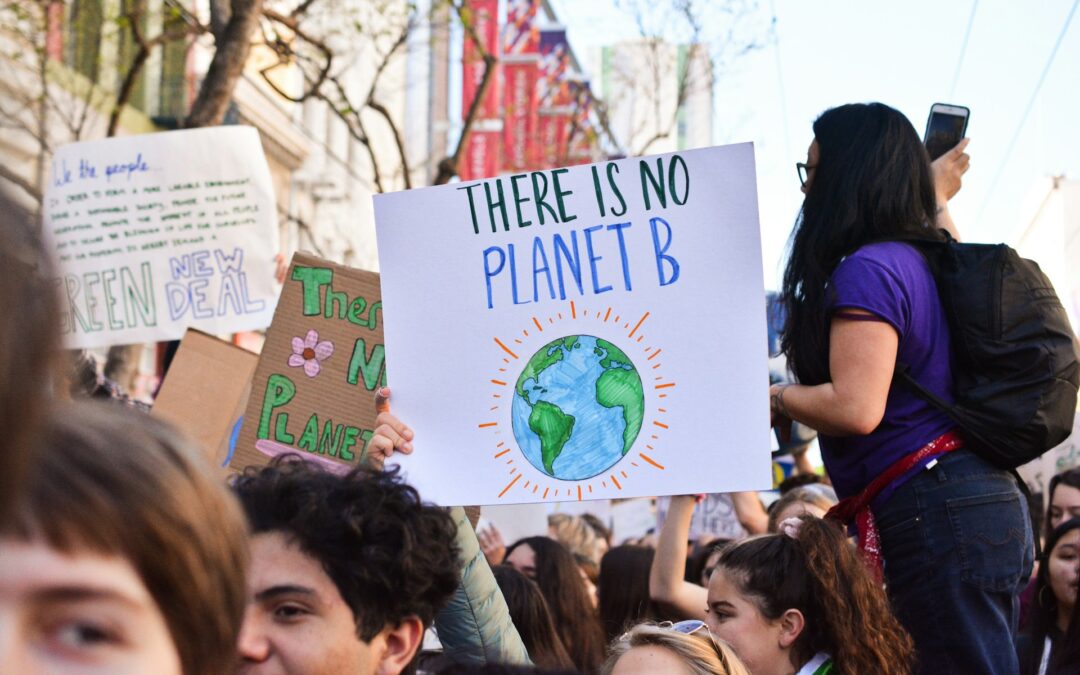Climate change and extreme weather events are intricately linked, with the former exacerbating the frequency and intensity of the latter. Understanding this connection is crucial for preparing for and mitigating the impacts of extreme weather. This article explores the relationship between climate change and extreme weather events, highlighting the science behind these phenomena and strategies for resilience.
The Science of Climate Change and Extreme Weather
Climate change, driven by the accumulation of greenhouse gases in the atmosphere, leads to global warming and disrupts weather patterns. This disruption manifests in various forms, including more intense and frequent heatwaves, storms, heavy rainfall, and droughts. The increased energy in the atmosphere and oceans fuels these extreme weather events, making them more severe and unpredictable.
Heatwaves
Heatwaves are one of the most direct consequences of climate change. Rising global temperatures increase the frequency, intensity, and duration of heatwaves, posing significant health risks, particularly to vulnerable populations. Prolonged exposure to extreme heat can lead to heat exhaustion, heatstroke, and exacerbation of pre-existing health conditions.
Hurricanes and Tropical Storms
Climate change also affects the behavior of hurricanes and tropical storms. Warmer sea surface temperatures provide more energy for these storms, resulting in stronger winds, higher rainfall, and increased storm surges. The increased intensity of hurricanes and tropical storms leads to greater destruction, particularly in coastal regions.
Heavy Rainfall and Flooding
Increased atmospheric moisture due to higher temperatures results in more intense and frequent heavy rainfall events. This, combined with changing precipitation patterns, leads to more severe flooding. Floods can devastate communities, causing property damage, displacement, and loss of life, as well as long-term health impacts due to waterborne diseases and contaminated water supplies.
Droughts
Conversely, climate change also contributes to more frequent and prolonged droughts in many regions. Changes in precipitation patterns, reduced snowpack, and higher evaporation rates due to increased temperatures lead to water shortages, affecting agriculture, drinking water supplies, and ecosystems. Droughts can result in crop failures, food shortages, and economic losses, as well as exacerbate wildfires.
Strategies for Resilience
Building resilience to extreme weather events requires a combination of mitigation and adaptation strategies. Mitigation efforts, such as reducing greenhouse gas emissions and transitioning to renewable energy, are essential for addressing the root causes of climate change. Adaptation measures, including improving infrastructure, developing early warning systems, and implementing disaster preparedness plans, are crucial for reducing the impacts of extreme weather events.
Community and Policy Initiatives
Communities play a vital role in building resilience to extreme weather events. Local initiatives, such as community-based disaster preparedness programs and the development of resilient infrastructure, can significantly reduce vulnerability. Policy initiatives at the national and international levels are also essential for supporting climate resilience, including funding for adaptation projects, establishing building codes, and promoting sustainable land use practices.
Conclusion
The link between climate change and extreme weather events underscores the urgency of addressing climate change and building resilience. By understanding the science behind these phenomena and implementing effective mitigation and adaptation strategies, we can reduce the impacts of extreme weather and protect communities. Collaborative efforts across sectors and scales are essential for creating a resilient and sustainable future in the face of a changing climate.

